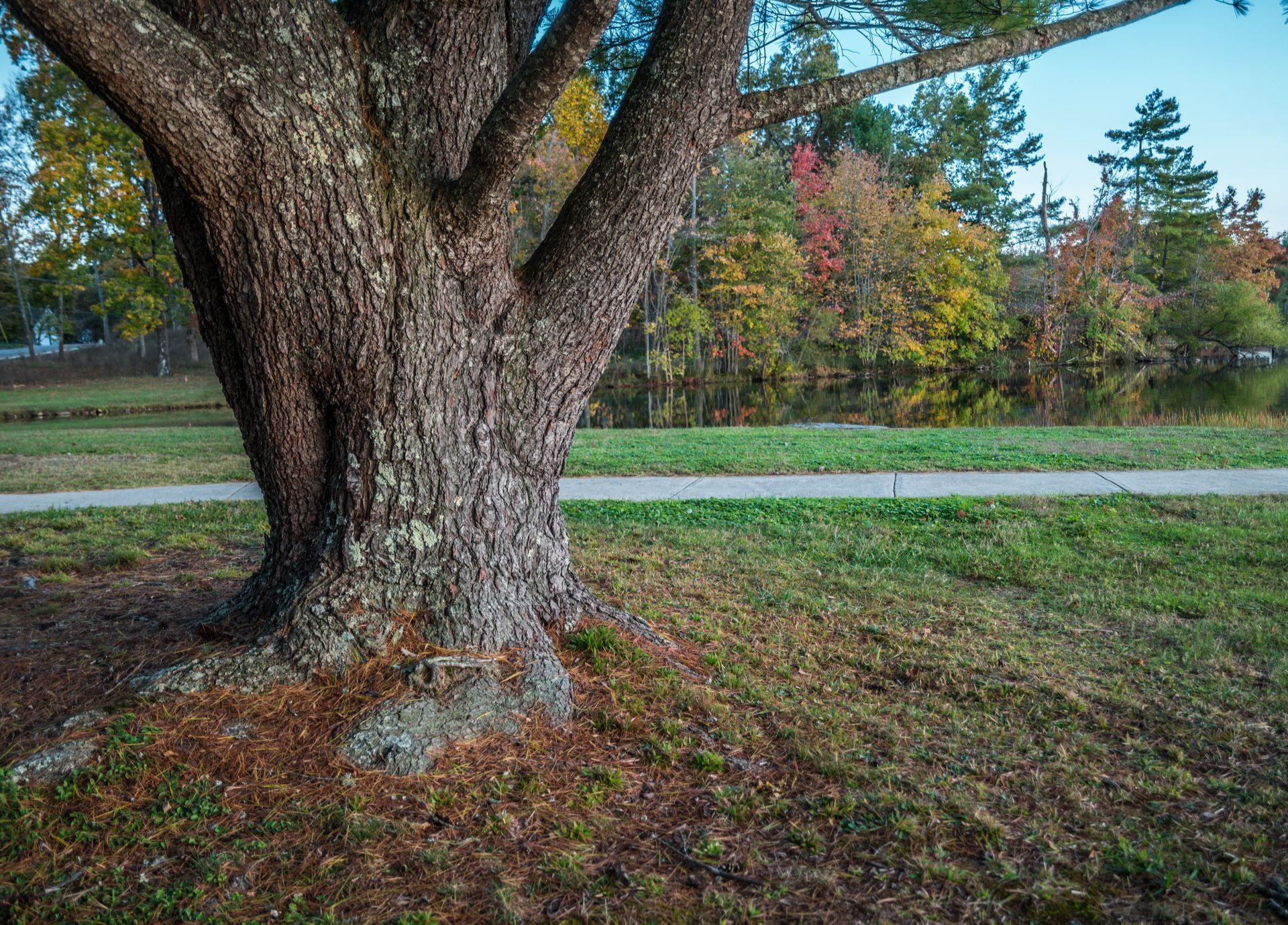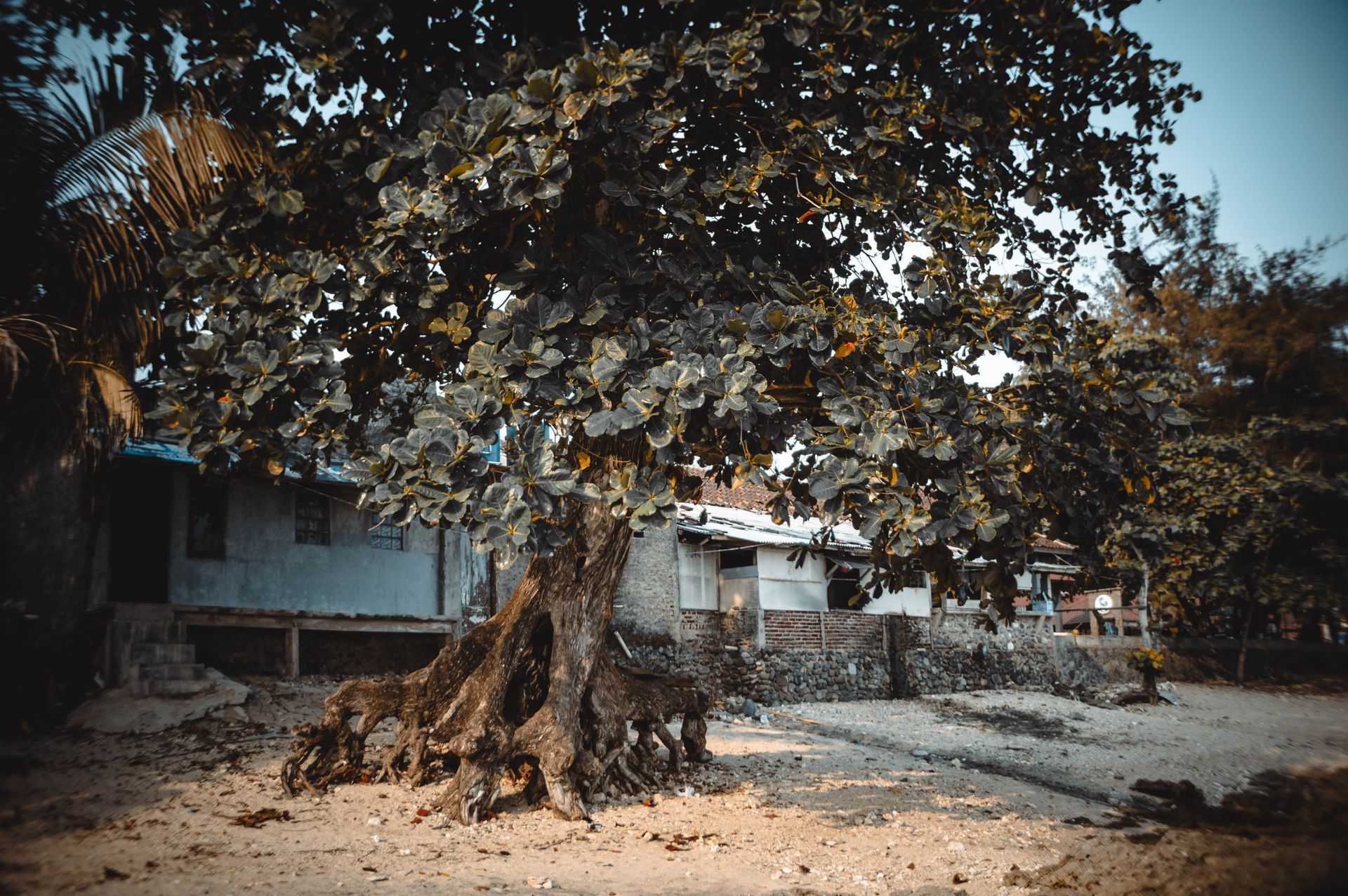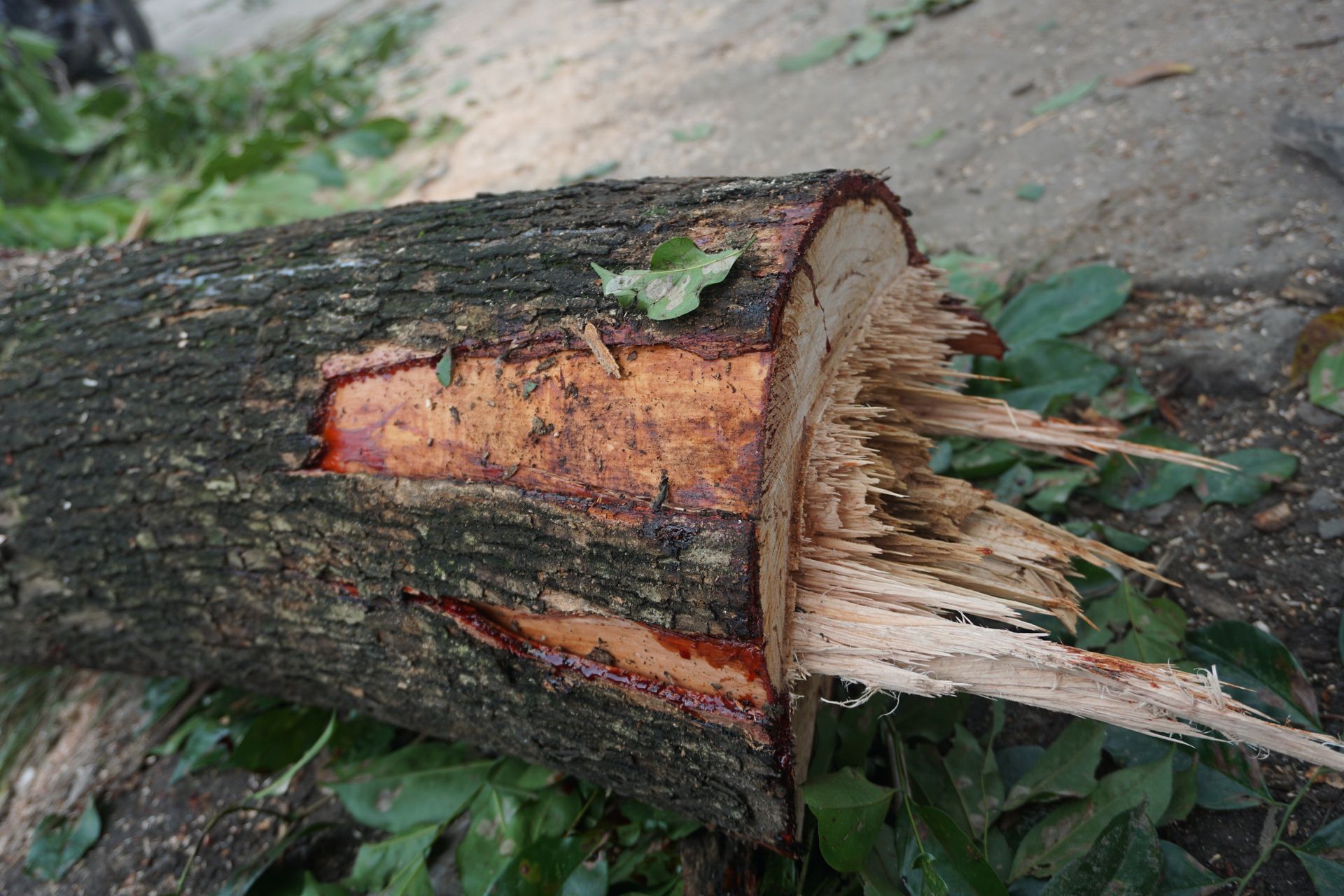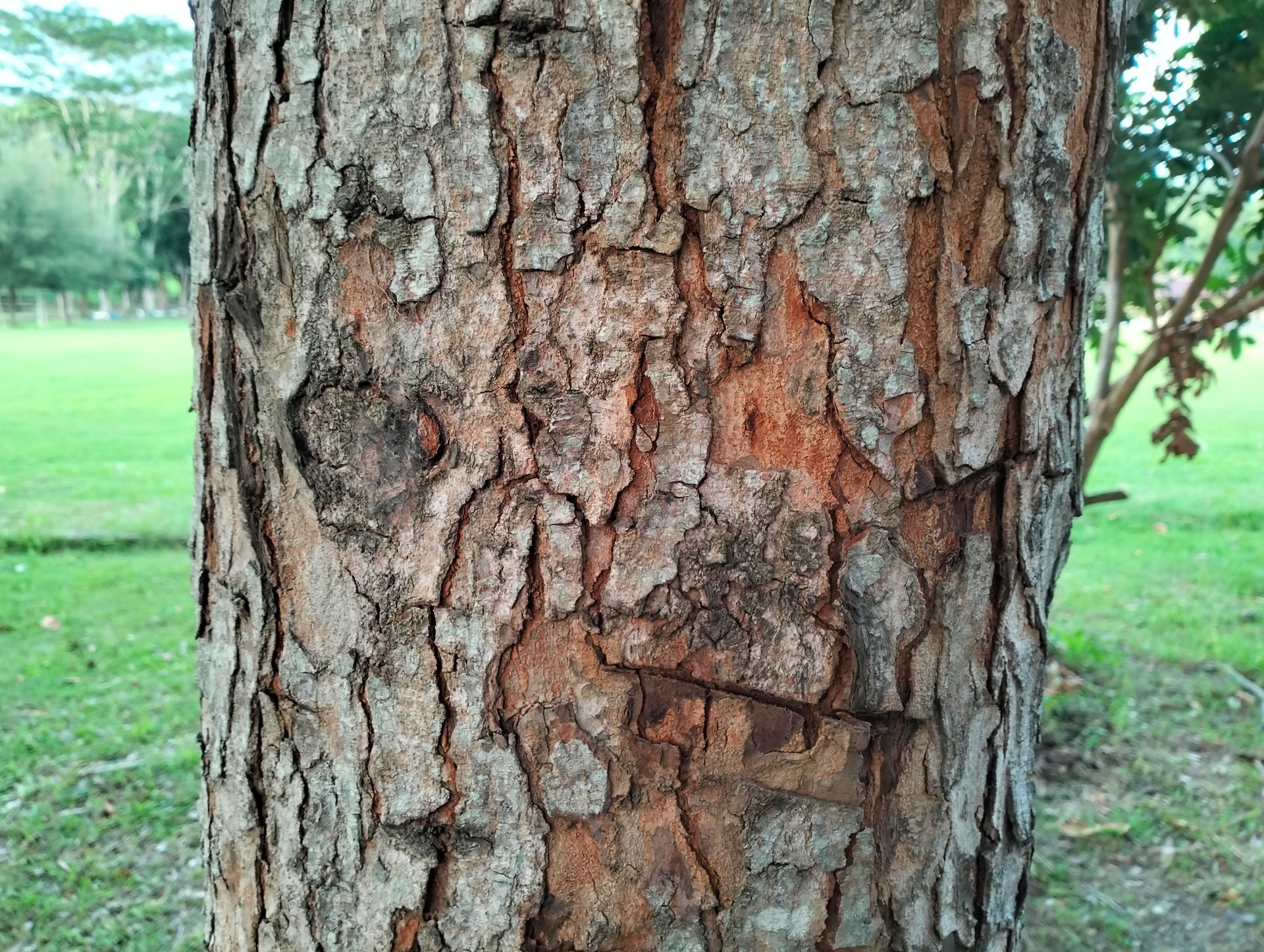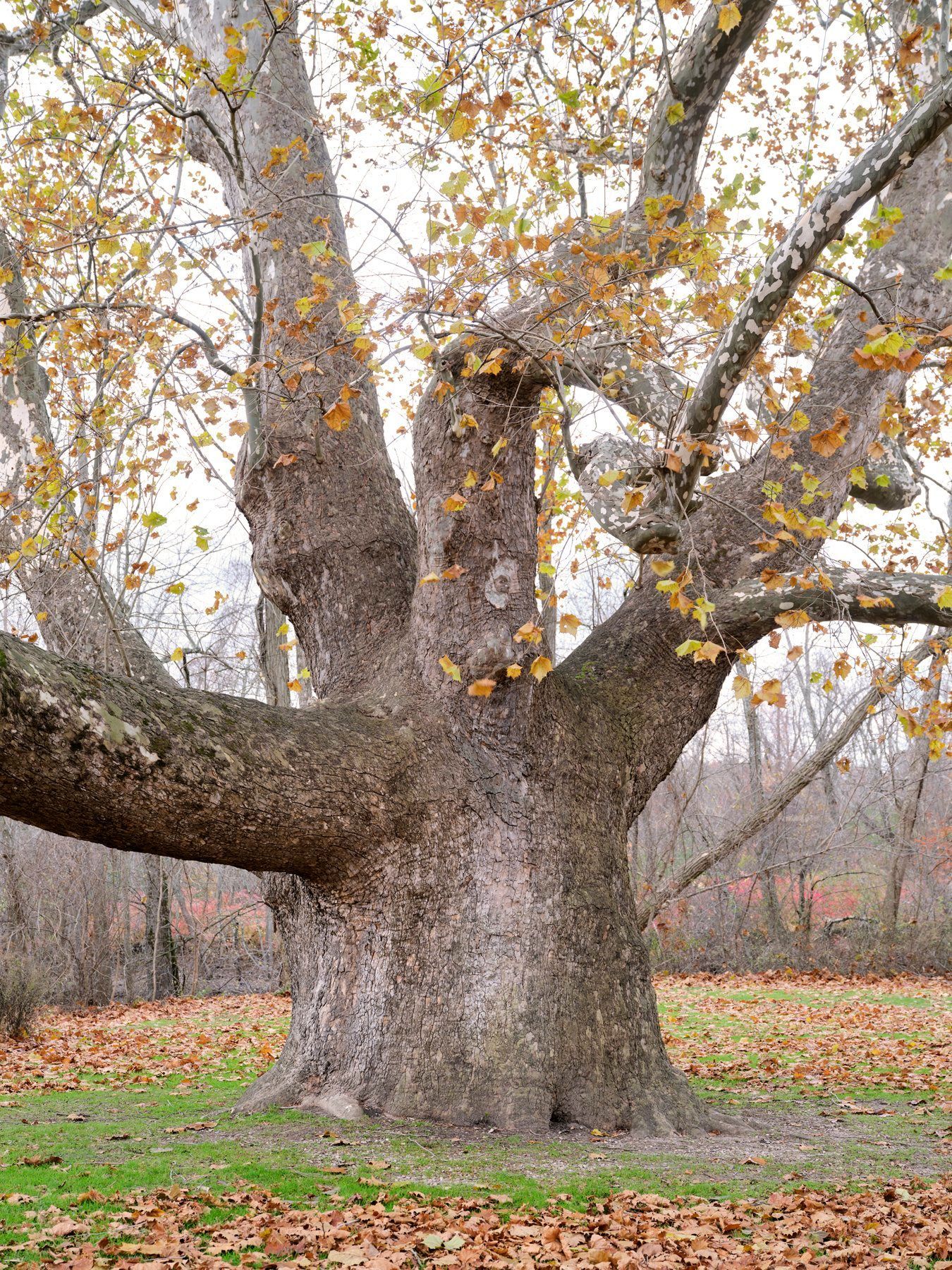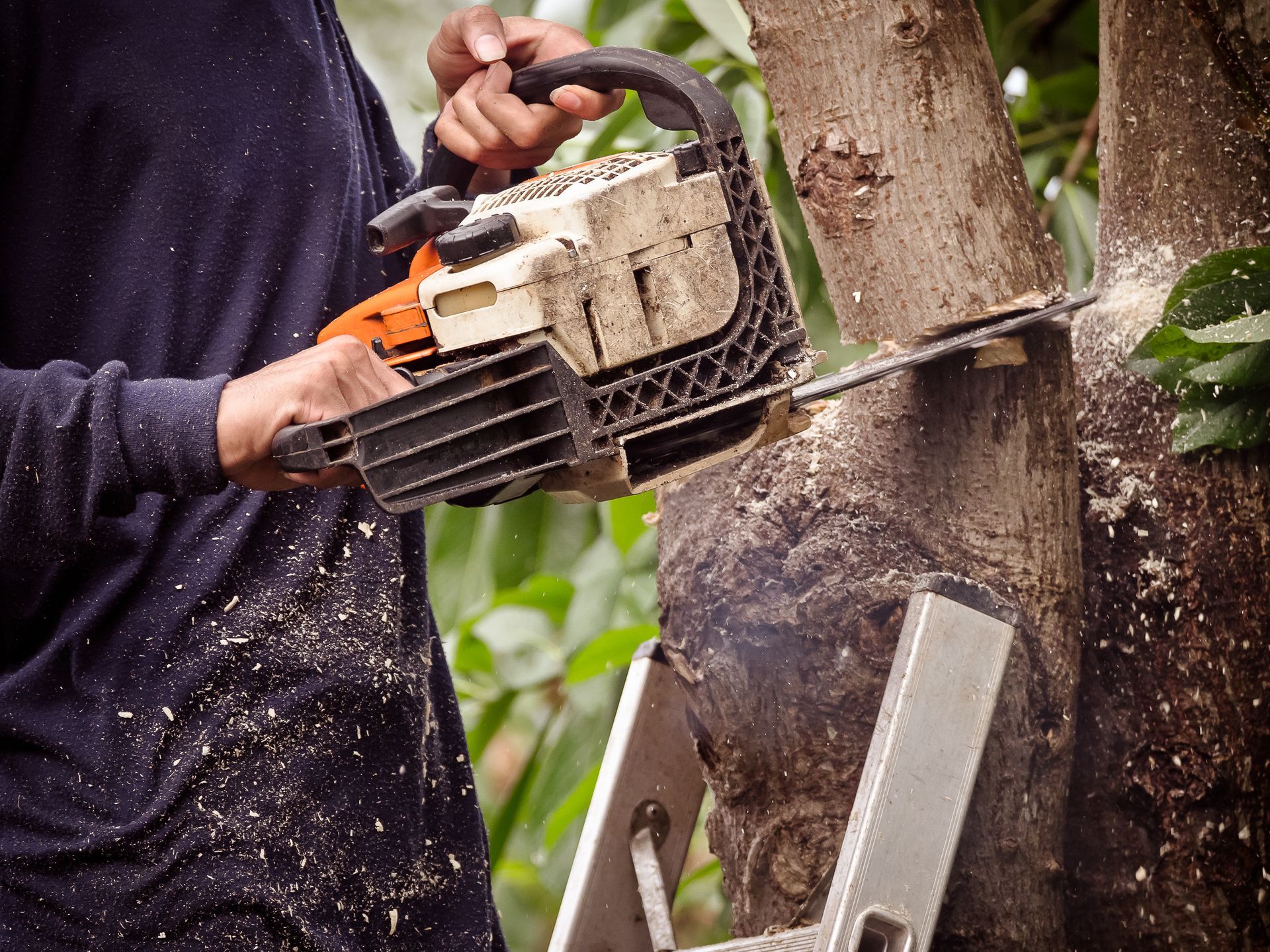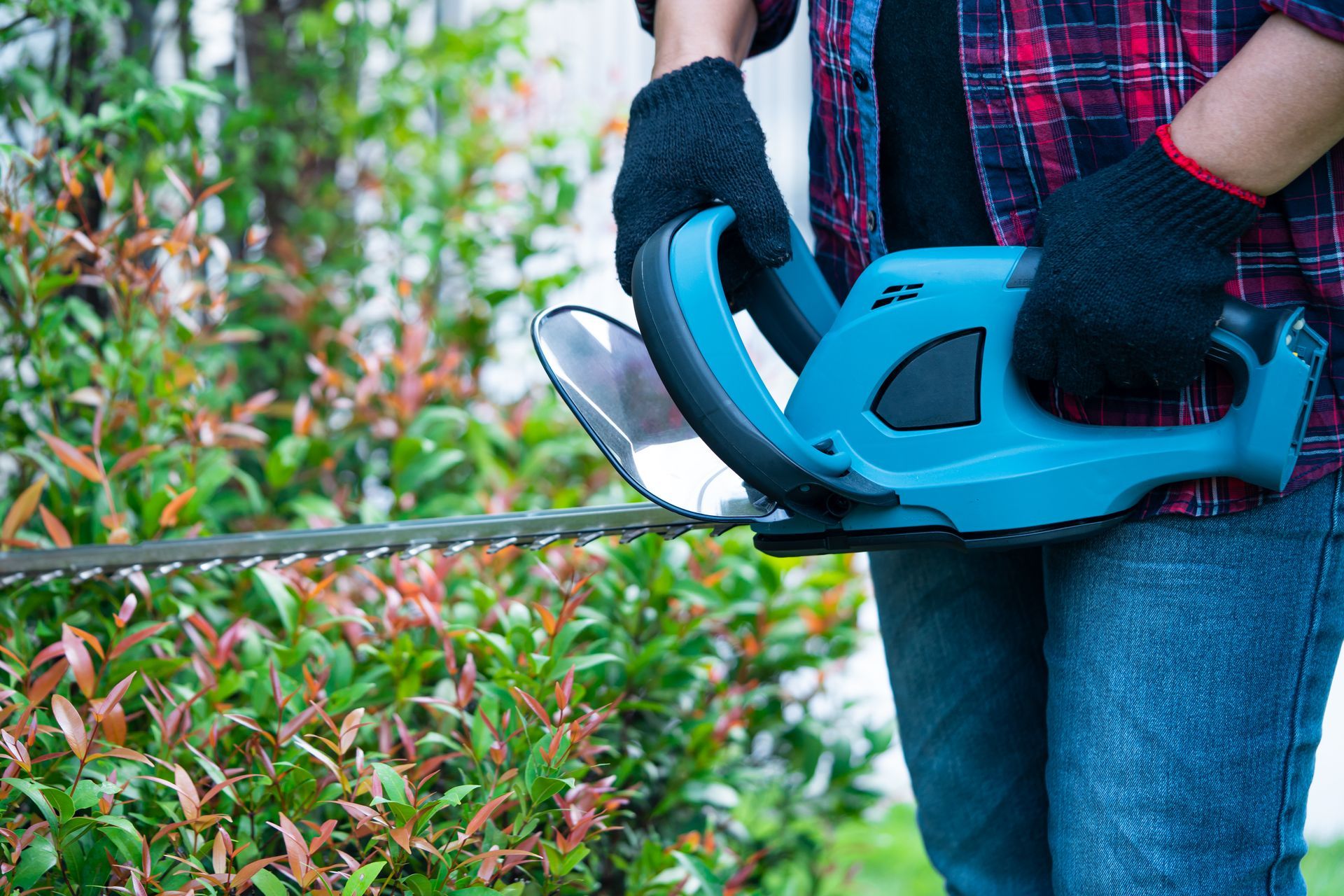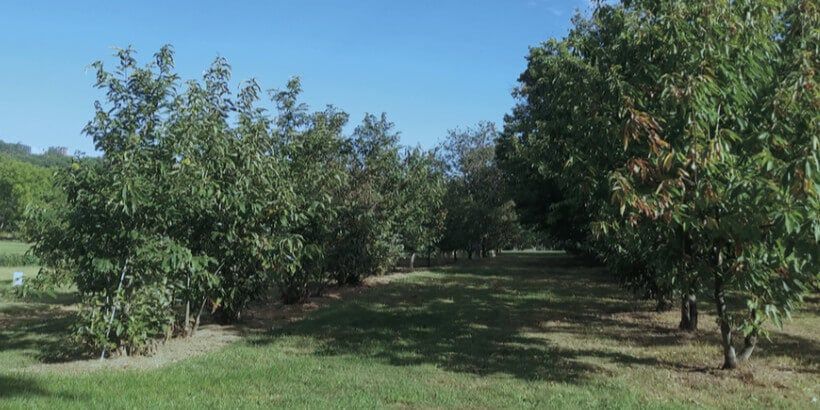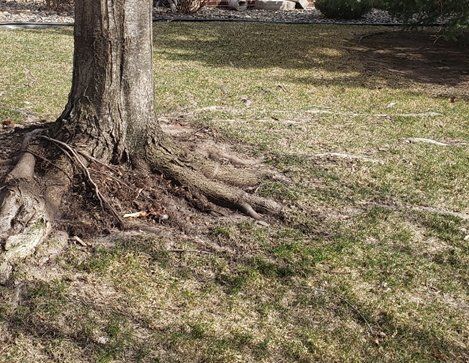April 16, 2025
Common Tree Issues in Simsbury, CT and How to Handle Them Simsbury’s beautiful landscape is part of what makes the town so special—but maintaining it? That’s another story. From heavy snow to late-summer droughts, the trees here face their share of challenges. And as a homeowner or property manager, those challenges often land squarely in your lap. Let’s dig into the most common tree issues in Simsbury and what you can actually do about them. No fluff. Just practical, effective strategies that work. 1. Dead or Dying Trees This one's hard to miss. If a tree has brittle branches, peeling bark, or no leaves in the growing season, it's likely on its way out—or already dead. Why it matters: Dead trees are dangerous. They can fall without warning, damaging your property or injuring someone nearby. How to handle it: Don’t wait. Call a certified arborist for a tree evaluation. In many cases, full tree removal is the safest option. If the tree is in a tricky spot—like near a home or power lines—make sure the company you hire is licensed, insured, and equipped for precision work. 2. Storm Damage Simsbury gets its fair share of wild weather. Strong winds, heavy snow, and sometimes ice storms can break branches or uproot trees completely. Signs to watch for: Hanging or cracked limbs Uprooted root systems Branches tangled in wires What to do: Don’t try to handle this solo, especially if wires are involved. Secure the area to prevent injury, then contact a local emergency tree service . In some cases, strategic trimming can save a partially damaged tree. Pro tip: Have your trees evaluated yearly—before storm season hits. 3. Insect Infestations Emerald Ash Borer. Gypsy moths. Scale insects. These tiny pests can do a ton of damage if left unchecked. Symptoms: Holes in bark Sudden leaf loss Sticky sap or a black, sooty mold on leaves How to handle it: Early detection is key. A certified arborist can diagnose the issue and recommend treatments—from trunk injections to selective pruning. If an infestation is advanced, tree removal might be the only safe option to prevent it from spreading. 4. Root Problems Not all tree issues are above ground. Sometimes, the biggest threats are beneath your feet. Watch for: Raised soil or cracked pavement Trees leaning without wind Poor drainage around roots The fix: Tree roots can disrupt foundations, sidewalks, and sewer lines. Don’t dig around blindly. Use air spading or consult with a tree service that offers root zone analysis. In some cases, root pruning can solve the issue. In others, removing the tree is the only way to prevent serious damage. 5. Overgrowth and Lack of Maintenance This is one of the most common—and most fixable—issues we see in Simsbury. Trees that haven’t been pruned in years grow wild, which creates hazards and invites disease. What happens: Branches rub together, causing wounds Canopies block air and sunlight, weakening the tree Overhanging limbs create liability concerns What to do: Schedule regular tree trimming, ideally every 2–3 years. A professional will thin the canopy, remove risky branches, and shape the tree for optimal health and appearance. Think of it like a tune-up for your landscape. Final Thoughts: Prevention is Cheaper than Repairs Here’s the truth: Most tree disasters are preventable. Regular inspections, proper pruning, and early intervention can save you thousands in emergency costs—not to mention the stress. If you’re unsure about a tree on your property, don’t wait for a branch to fall or a storm to strike. Reach out. Let’s take a proactive approach together. Because when it comes to trees, the sooner you act, the safer your home and the healthier your landscape.
